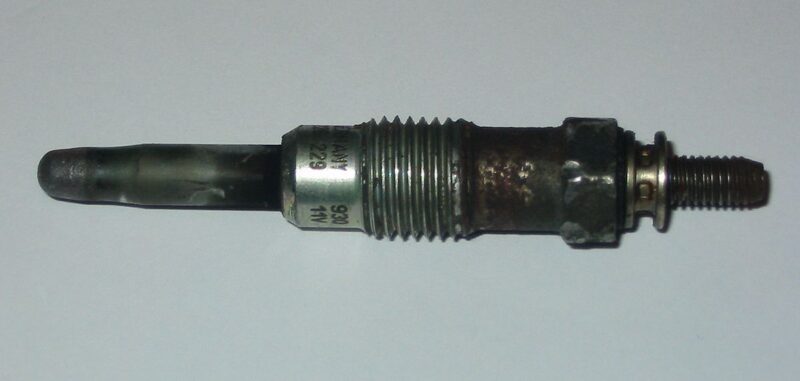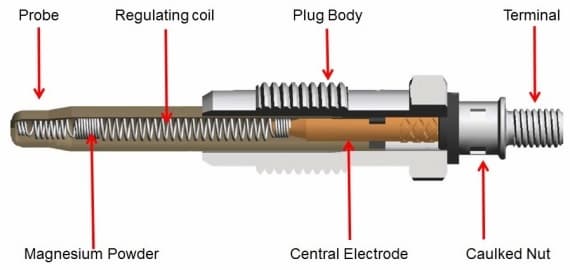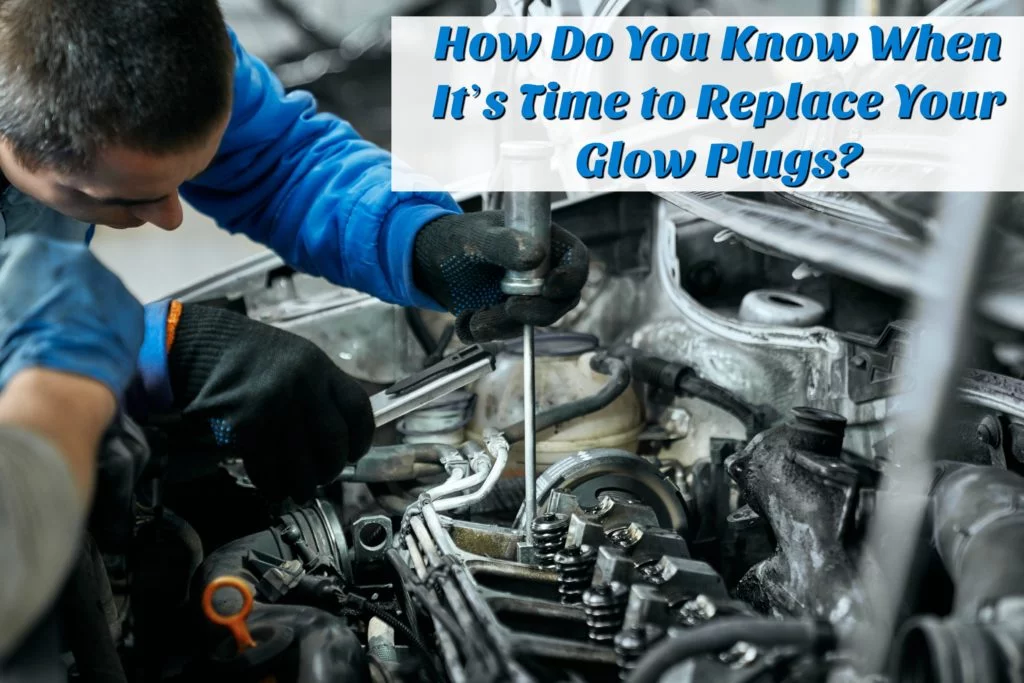
What Are Glow Plugs And What Do They Do?
You may hear the term “glow plugs”, glow plugs are an important tool in making nitro cars work. But, like many aspects of the nitro car, they are a mystery to most who use it – how and why they work, and how to choose the right glow plugs. Let’s look at the nature of glow plugs, separate fact from fiction, and explain the science behind glow plugs.
What Is A Glow Plug
A glow plug is a thin, hollow metal device that contains insulating ceramic powder and a heating coil. A car can have up to 10 glow plugs, as each cylinder needs one.
What Does A Glow Plug Do
Glow plugs are used to help ignite diesel engines. Unlike spark plugs, which are used to ignite a gas engine and power it when it’s on, glow plugs are only used to help cold start a diesel engine.
How Does a Glow Plug Work?

An engine needs three things to work: fuel, oxygen, and an ignition point. Glow plugs provide ignition through a heating element, a small coil inside the plug. This is usually accomplished with the 1.5v battery included in the glow igniter. Some newer vehicles are equipped with an onboard battery that ignites the glow plugs as part of the electric starting system. Either way, once the element is heated and the engine is started, no more power is needed to keep the element hot and provide the engine with constant ignition.
How the element stays hot after the battery is removed depends on the fuel we use in the glow engine and the material of the element. The fuel contains methanol, which is an alcohol. The element is made of several different metals, which when alloyed together make it strong enough to handle heat and vibration. But one of the metals, platinum, is special. When the platinum in the element comes into contact with the methanol in the fuel, a catalytic reaction occurs between the two. This heats the platinum and at the same time causes the methanol to ignite. This is the foundation of the entire nitro hobby.
Why Are Glow Plugs Important
You may have heard the myth that diesel engines won’t start in winter, but that’s not entirely true. Diesel can become gelatinous at extremely low temperatures, which can make starting the engine very difficult, but thanks to technologies like glow plugs, modern diesel engines are able to start even in Winnipeg’s coldest winters. If you’re concerned about keeping your car in top shape this winter, check out these winter maintenance tips.
Glow Plug Temperature
Glow plug temperature is controlled by using different glow range plugs. There are many different heat ranges, but most fall into one of three categories: hot, medium, or cold. If you are not sure which type to use, check with the engine manufacturer to determine their recommendations for their engine. Using a hotter-than-normal glow plug will advance the ignition point, and using a cooler-than-normal glow plug will retard the ignition point.
When To Check Glow Plugs?
The glow plug light should only come on for a few seconds when you start the engine. However, if you’re driving and one of your lights comes on, it means something isn’t working properly. At this point, you have two options: replace the glow plugs yourself or take your car to a mechanic. While automotive technology has become more sophisticated, it’s still fairly easy to replace your own glow plugs.
How To Tell If You Need To Change Your Glow Plug

It’s not too hard to tell if you have a glow plug problem. Watch out for the following three symptoms:
- Difficulty starting the engine
- Poor engine power
- ·White exhaust smoke
If you’re confident enough to inspect the glow plugs yourself, you’ll need a glow plug tester or multimeter.
Step 1: Disconnect the glow plugs.
Step 2: Turn on the tester and make sure it is set to Ohms or Ω. Touch the black and red wires together. If it reads zero, adjust the sensitivity setting until you see a number. Record the value.
Step 3: Touch the negative terminal of the battery with the negative lead.
Step 4: Touch the positive terminal on the glow plug with the positive wire.
Step 5: Now you should start reading. Subtract the initial reading from this new value. If the reading is not within the recommended range of the glow plug specification, the glow plug needs to be replaced. If your reading is within the correct resistance range, we recommend taking it to a mechanic.
What You Need to Know to Pick the Right Plug
Few glow plugs are considered universal plugs (such as the #8 plug for OS). In most cases, the type of fuel you are running will affect the type of glow plugs you need to use. Another ingredient in nitro fuel is nitromethane. The percentage of nitro in the fuel also determines the ignition point; in other words, the more you run, the faster the ignition point. Ideally, the ignition point will be when the engine is at the top dead center (TDC). This will force the piston down and up again for another stroke. However, when you run higher nitro levels and don’t switch to cooler plugs, you will advance the ignition point and result in sub-optimal performance because the piston is still on the compression stroke when the air/fuel mixture ignites (upstroke).
In general, the higher the nitro percentage, the colder the stopper should be. Conversely, the lower the nitro percentage, the hotter the plug.
Summary
I hope this helps dispel some of the myths surrounding glow plugs and why they work. There’s no mystery here – just science. Choosing the right glow plug for your boat, car, plane or helicopter shouldn’t be difficult. You just need to consult the manufacturer’s manual for recommended plugs and fuel. Once you know this, you can adjust your nitro content and glow plug temperature as needed. Now that you know, the next time you come in and ask for a plug, be specific about what you want. Your engine will thank you.

Average Rating